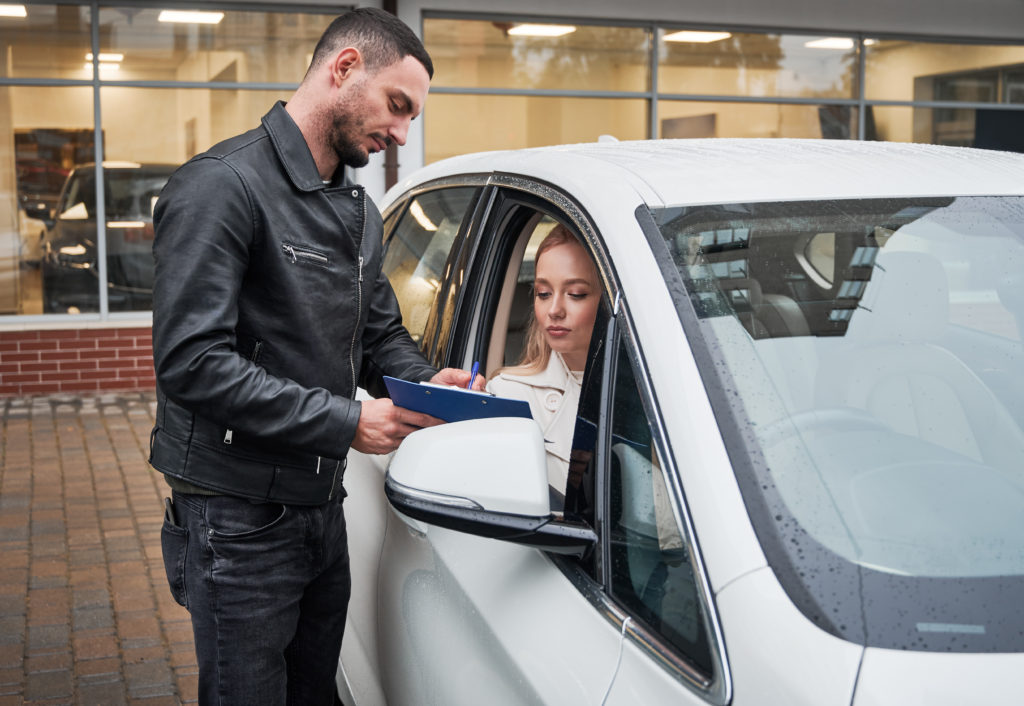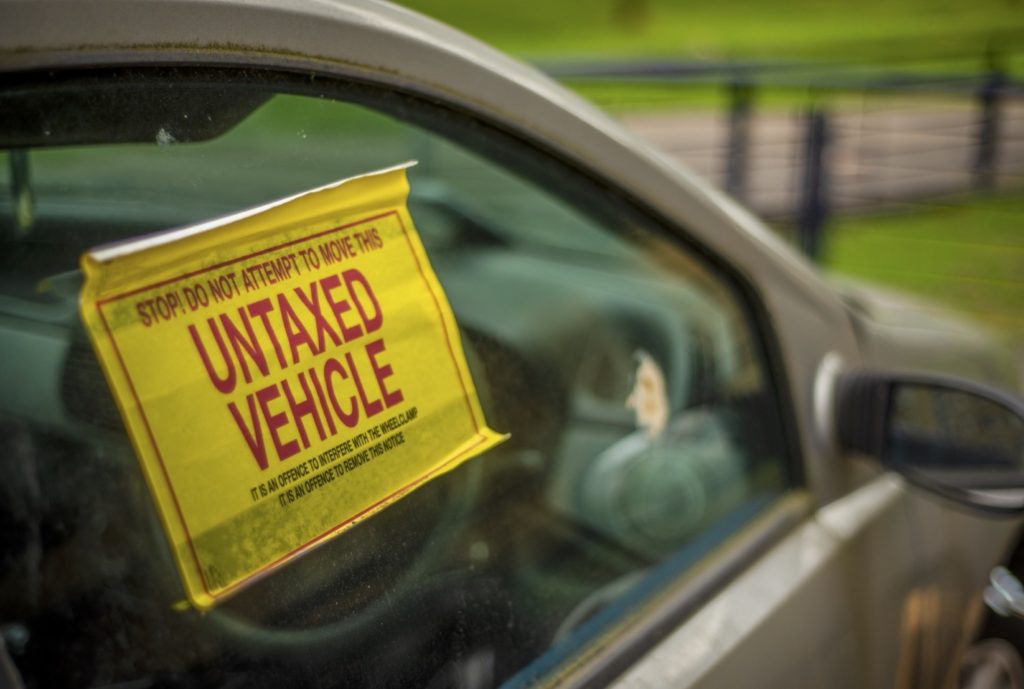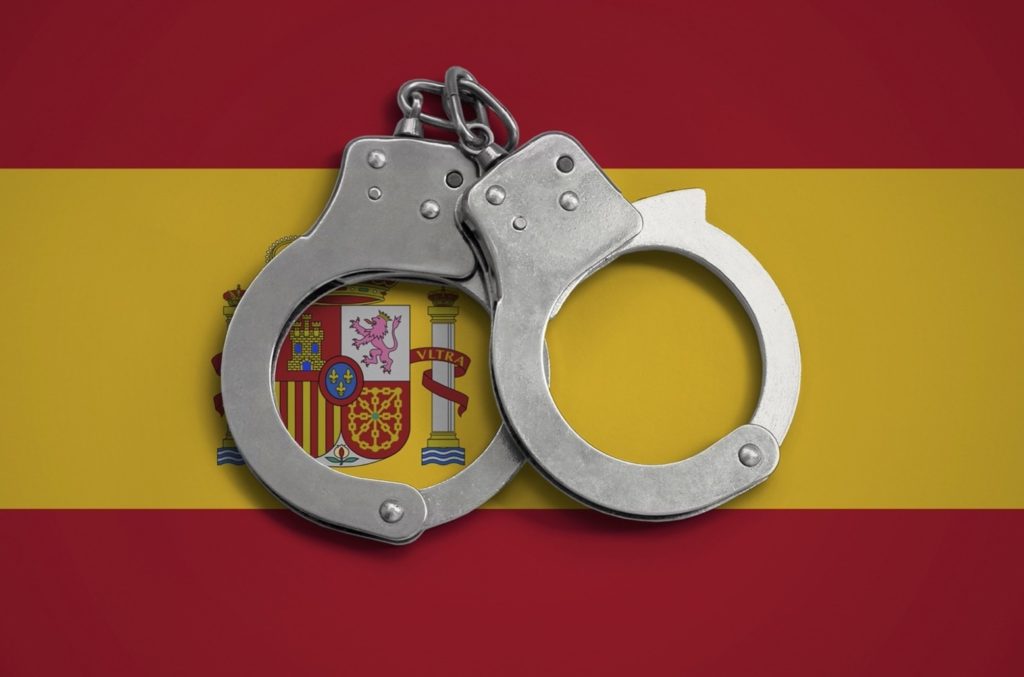Are you bringing your car to Spain from a non-EU country? Then you’ll need to register it in Spain. Here’s what you need to know.
There’s extra information in this livestream video
The Three T’s
The process of registering your car in Spain can be broken down (pardon the pun) into what we call ‘the 3 Ts’; Technical, Tax and Tráfico:
Technical, Tax & Tráfico
Getting Spanish plates for your car can be a nightmare and a time-consuming process. It involves dealing with many different offices, passing a technical test and making sure you pay the right taxes at the time of registration. Using a complete start to finish service like Upsticks in Andalucia takes away all that hassle and can even save you money. Their knowledge and experience means they can get your vehicle onto Spanish plates with minimum hassle and effort required on your part.

Technical – Inspección Técnica de Vehículos
Before you can even think about registering a vehicle, it first must pass an ‘ITV test’. (The Spanish equivalent of the UK’s MOT or the Irish ’NCT’). The different technical specifications of the car and where it’s from all affect the test and the paperwork required. If a vehicle has EU conformity, if it’s right hand drive, commercial or even historic, all these affect the requirements of the ITV centre. These are all things Upsticks asses beforehand so there are no last minute surprises on the day of the test.

Tax
Once you have your documents from the ITV centre, you can move on to taxing your car:
Road Tax
In all cases, vehicles must pay road tax. You register for road tax at your local town hall or provincial tax office. It’s known as IVTM or SUMA depending on which part of Spain you’re in. You will only pay tax for the remainder of the year, so if you were to register in June, you’d only pay for the last 2 quarters of the year. The tax is calculated normally by the horse power of the vehicle. (For more detail about IVTM scroll to the bottom of this article).
Special Registrations Tax
Here in Spain, to register a vehicle you must pay special registrations tax. This tax is valued based on various factors including the age and emissions of the car. In some cases, if the registration is due to a change of residency, this tax can be waived as it’s your right to bring your vehicle with you as part of your personal belongings.
Change of Ownership Tax
If you haven’t owned the vehicle for a certain amount of time and you are a resident of Spain, you may be asked to pay Transmissions Tax. This also applies if the paperwork isn’t in your name.

Tráfico
With your ITV documents and your tax all sorted, you can move on to Tráfico. This is the authority in charge of providing you with your ownership documents and plate number. They will require your passport, NIE or residency and proof of residence in order to provide you with your plate number. Once received, you can then have your Spanish plates made up.
So that’s the basics. There’s a lot more to know, for example here are some FAQs about Road Tax

IVTM – FAQ’s
What is IVTM?
Known in Spain by the catchy title of “Impuesto Sobre Vehículos de Tracción Mecánica”, thankfully shortened to IVTM, it’s the equivalent of the UK’s Road Fund Licence or Road tax.
How is the IVTM calculated?
In Spain the cost is based on the engine size and the region the vehicle is registered. Every Spanish town has a different rate and you’ll be pleased to know that these can be considerably cheaper than some of the charges made in other countries like the UK.
Who pays the IVTM?
The registered owner on the 1st January each year pays the full IVTM for that year. If you buy a car during the year, your IVTM will come due the following January.

When is the payment due?
Most Town Halls or tax agencies issue the bills between March and May and you have until the end of June to pay, but it really does vary between locations.
If you don’t pay on time, they can charge interest and, depending on how long you leave it, you may find the payment is deducted automatically from your bank or tax returns.
To sell the vehicle, the IVTM must be paid up to date.
How do you pay the IVTM?
Whichever organisation issues your bill (could be your local Town Hall or a tax agency) you should receive a bill in the post. Some Town Hall’s allow you to pay ‘in house’ using your ID and vehicle documents, while others offer online payment, plus the opportunity to set up a direct debit for future bills.
By far the easiest way is to take the bill to your Bank and pay in person.
Some areas (e.g Malaga and Alicante) outsource to companies who manage the taxes for them, so you can either pay in person at their offices or via their websites.

Are there any discounts or exemptions from IVTM?
Registered disabled, public transport (e.g. taxis) and vehicles over 30 years old don’t pay any IVTM at all. Eco-friendly electric and hybrid vehicles can be eligible for discounts of up to 75%.
Do I need to pay IVTM when registering a vehicle in Spain?
Yes, you pay IVTM pro-rata for what’s left of the year as part of the registration process, usually broken down into quarters. The full amount is due the following year.
Good to Know
You can check if the IVTM is up to date on a vehicle you are looking to buy on the DGT website by ordering a Spanish vehicle check called an “Informe de Un Vehículo ”. It’s worth noting that the Informe only shows previous years owed, not the current year.
The DGT website can be difficult to navigate if you don’t have a Digital Certificate, but there are private companies like Einforma who can order an Informe on your behalf.
Article by Chris Goodacre, www.Upsticks.es














0 Comments